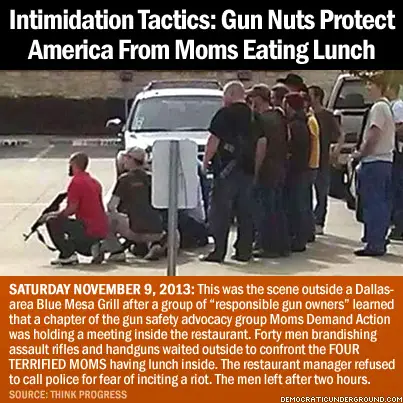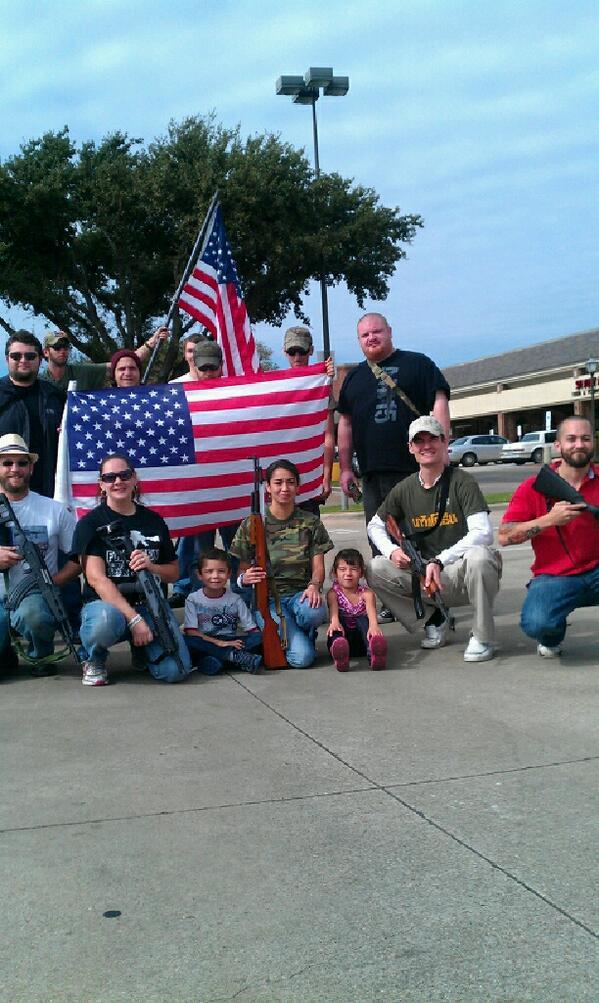The 2nd amendment at work:
Dramatic moment family rescued kidnapped and stabbed girl in shoot-out at abandoned house where she'd been held for 3 days
Victim's family claim they shot dead Scott Thomas during rescue attempt
The dramatic moment an uncle carried his terrified and bloodied niece to safety after she was kidnapped and held hostage in an abandoned Louisiana house was caught on camera today.
Bethany Arceneaux was taken hostage on Wednesday evening by Scott Thomas, her ex-boyfriend and father of her child.
A few hours after Marcus Arceneaux was pictured carrying his niece from a vacant house in Duson, a police swat team entered the building and Thomas was found shot dead.
Dramatic moment family rescued kidnapped and stabbed girl in shoot-out at abandoned house where she'd been held for 3 days
Victim's family claim they shot dead Scott Thomas during rescue attempt
The dramatic moment an uncle carried his terrified and bloodied niece to safety after she was kidnapped and held hostage in an abandoned Louisiana house was caught on camera today.
Bethany Arceneaux was taken hostage on Wednesday evening by Scott Thomas, her ex-boyfriend and father of her child.
A few hours after Marcus Arceneaux was pictured carrying his niece from a vacant house in Duson, a police swat team entered the building and Thomas was found shot dead.

















Comment